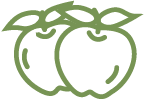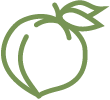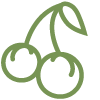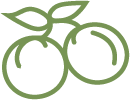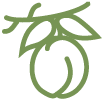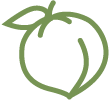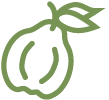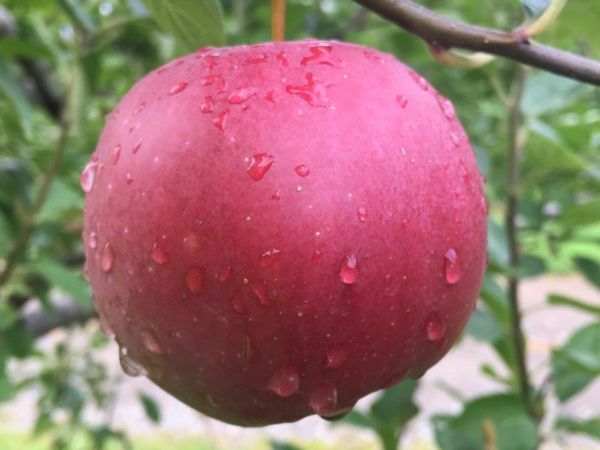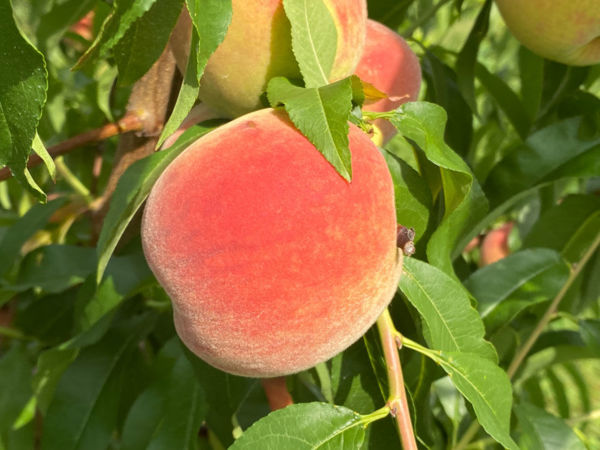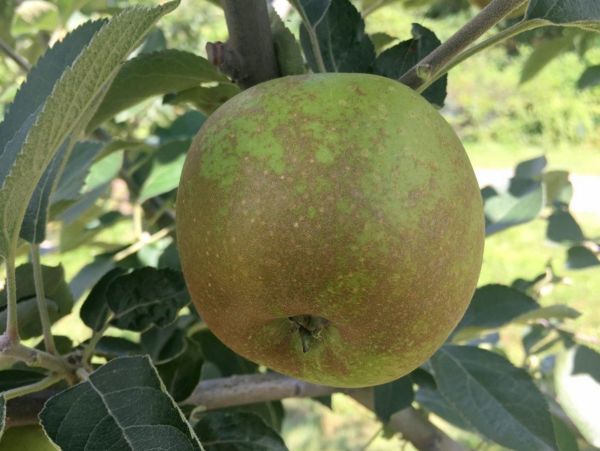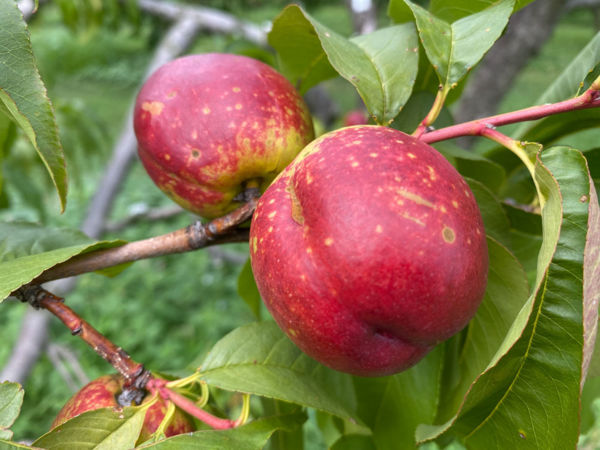An attractive, highly disease-resistant apple, ideal for organic growers.
Jonathan Apple Scionwood (Spring 2024)
A self-fertile dessert apple, very popular in the Midwest. Also known as New Spitzenburg, Philip Rick, Ulster Seedling.
A naturally small tree, Jonathan is roundish or spreading in form and somewhat droopy. It is self-fertile but, as ever, better crops will be had in the presence of a pollenizer. Jonathan is susceptible to all major apple diseases, but only moderately, and it is not considered a remarkably difficult tree to cultivate. It is considered to be resistant to brown rot. Jonathan should be thinned carefully to avoid biennialism.
The apple is medium sized, round, and red flushed over a greenish yellow background. There is usually a small amount of russeting around the stem. The flesh is firm, snappy, and juicy, and the flavor is refreshing, full, and balanced. In Apples of Uncommon Character, Rowan Jacobsen describes Jonathan as "the essence of the American apple ... spicy, uncomplicated, sweet-tart." This is a lovely tree to plant for children.
It is widely agreed that Jonathan is a seedling of Esopus Spitzenberg. It first grew on the farm of Philip Rick in Ulster County, NY in the 1790s, but it was not until a Mr. Jonathan Hasbrouck introduced the apple to his friend Judge Jesse Buel in 1826 that the tree received any real attention. Judge Buel happened to be president of the Albany Horticultural Society, and he both named the apple after his friend and began disseminating scion wood. Jonathan has been widely used in breeding programs; its illustrious offspring include Idared, Melrose, Jonagold, Jonafree, Jonamac, and Akane.
Volume Pricing
| Quantity | Jonathan Apple Scion |
|---|---|
| 1 | $12.00 |
| 2-5 | $7.00 |
| 6-10 | $6.00 |
| 11-99 | $5.00 |
| 100+ | $4.00 |
The Fruit
Fruit Type
Category: Apple
Subcategory:
Heirloom, Hot-Climate
Fruit Uses & Storage
Uses: fresh eating, baking
Storage duration: less than one month (approximate, depending on storage conditions)
Fruit Appearance
Skin color: red
Flesh color: off-white
Fruit Origins
Parentage:
Origin: New York
Introduced in: 1862
Introduced by: Judge Jesse Buel
The Environment
Calendar & Geography
USDA zones: 5 - 8
Chill hours: 800
Ripening date: Sep 15 (approximate, in New York State) + 0 days after McIntosh
Diseases & Pests
glossary
Alternaria Leaf Blotch: Resistant
Apple Scab: Susceptible
Brown Rot, Blossom Blight, Fruit Rot: Resistant
Cedar-Apple Rust: Susceptible
Fireblight: Very Susceptible
Perennial Canker: Susceptible
Powdery Mildew: Very Susceptible
Pollination
Pollination Factors
glossary
Bloom group: 3
Is it self-fertile? Y
Is it fertile? Y
Ploidy: Diploid
Pollination Partners
This table shows the first few results from a full search for pollenizers of Jonathan Apple. Please see our Pollenizer Search to run other queries and read how the application uses various factors. Also read more about fruit tree pollination.
| Tree | Currently in Stock |
|---|---|
| Florina Apple | 0 |
| Porter's Perfection Apple | 0 |
| Spitzenburg Esopus Apple | 0 |
| Virginia Crab Apple | 0 |
| Binet Rouge Apple | 0 |
| Rubinette Apple | 0 |
| Bramtot Apple | 0 |
| Mother Apple | 0 |
| Repinaldo Do Liebana Apple | 0 |
| Muscadet De Dieppe Apple | 0 |
| Kingston Black Apple | 0 |
See all pollination matches for Jonathan Apple
Featured Products
A few things we're loving right now...
A full-flavored, freestone white peach.
One of America's oldest apples, good for storage, baking, and cider.
A widely-grown, large, yellow-fleshed nectarine.

